Dale Jonathan Perkins “Voice Without Words Parts 1-3 (Ishikawa) review and interview.
The sleeve notes of this limited edition (250 copies) white vinyl record say that Voice Without Words “explores the paralinguistic qualities of the human voice, since no lexical indications are given, therefore avoiding established syntactical languages (eg. English, French or German)”. That is, if I understand correctly, an examination of the things we say in speech that are not actually spoken words. I found this an interesting concept and you do find that despite no words being spoken, you are able to pick out emotions and concepts conveyed. In everyday conversation we express so much more than the words we use, be this this in the body language we use or the way we express the words with regards volume, pitch and the inflection we may or may not use on a word. And then there’s the harrumphs, sharp intake of breath etc that can add so much to what we are expressing. In short, the meaning of language is much more complex than just the actual words that are spoken.
Maria Jardardottir provides the improvised “vocal” input and these are then cut up, treated in the studio and then pasted back together to “provoke empathetic responses as they develop and unfold over the three movements”.
Voice Without Words is clearly avant-garde electronica and as such challenges the traditional concepts of structure, and indeed what music is, though there are snippets of recognisable tunes in there.
Is this an easy listen? Of course it’s not, and it’s not meant to be. The content is at times soothing and relaxing, whilst at the next turn it is unsettling and jarring. This is not a bad thing; music, like any artform, does not always have to conform to the normal conventions and nor does it always have to be easy on the ear for it to merit your attention.
One thing I gleaned from the three movements was something to the vocals that was all at once alien and yet vaguely familiar. I suppose this is the point Perkins is perhaps trying to convey; we can say so much without saying anything recognisable as language. Perkins is not trying to create a record that comforts, but the electronics do at times create, particularly during the second and third movements (Coockooborough and Dark Bird), a bedrock on which the other elements of the music can build coherently. At times there are stuttered electronic sequences that come through the loudspeakers like an extra-terrestrial transmission, but Dark Bird, the most accessible of the three movements and the piece most likely to be recognised as a conventional music, draws the listener into a dark and cavernous electronic space where the voice (that is weeping and wailing) feels lost and without hope – it’s dark stuff and whilst this is indeed the most accessible of the pieces, it is akin to being privy to a desolate and uncomfortable, nightmarish experience someone is going through before the music lifts and an electronic pad heralds the light of day and a lift in mood.
The last piece on the record is Tilt Zero that came out of a collaboration with composer and percussionist Damien Harron. Harron is recorded playing rototom, Kalimba and vibraphone which make up the raw materials that Perkins transforms I to the work we have here. It is again clever stuff, and oddly fascinatingly enjoyable.
Throughout the whole of this record and throughout each piece I was reminded of listening to Japanese people speaking and of Oriental percussion; whilst I may not understand the words they are using, or the meaning of different percussive elements, I can often pick up on emotional cues of anger, sadness, disappointment and happiness.
So, how does one go about pigeonholing a record like this? The short answer is you don’t. This is not music to tap along to, though it has its moments, this is music that is thought provoking, clever and intellectually rewarding. Look, not everyone is going to get some aspects of the arts, look at abstract art and the way it is derided by many, and for some this record is going to provoke the same reaction. Personally, I loved – sort of Scandinavian Noir cut to vinyl.
Dale Jonathan Perkins is the composer of Vice Without Words. He believes in a holistic approach that embraces a range musical influences to create new listening experiences.
Academics and composers have described Perkins’ work as a deliberate approach to hybridity embracing both popular and traditional electroacoustic music. His commitment to ‘New Music’ led him to become founder and director of the International Festival for Innovations in Music Production and Composition (FIMPaC) – an annual metropolitan New Music festival that was held at Leeds College of Music and nightclubs across Leeds City Centre for a number of years; festival artists have included Trevor Wishart, David Toop, Leigh Landy, Bill Drummond, Jazzie B, Michel Chion, Juice Vocal Ensemble and David Vorhaus (White Noise), Scanner, and Gabriel Prokofiev showing his commitment to different musical approaches. In 2017 iFIMPaC became part of the Sounds like THIS festival.
Perkins’ suite Voice Without Words was selected at the Bourges International Electroacoustic Music Competition in 2009 (Electronic Arts Category). Movements from the suite have had a number of national and international performances through multichannel speaker installations.
HP: How would you describe your music?
DJP: It’s been quite a journey for me, but music that I have written within the last twenty years is largely a hybridised from of music; experimental but always has the listener in mind.
HP: Who and what have been your influences in coming to the sound and style that you have ended up with?
DJP: I got a taste for more experimental approaches in my late twenties and became interested in composers such as John Cage and Morton Feldman (due to their approaches to chance and indeterminacy along with Minimalist composers such as Philip Glass and Steve Reich (due to how they could create extended music from variations on simple repetitions). This coupled with my love for technology and electronic music (e.g. John Foxx & Early Ultravox!, Throbbing Gristle, David Sylvian) somehow led me to discover musique concrete and electroacoustic composers such as Pierre Schaeffer, Michel Chion and Denis Smalley, but a massive influence on my approach was discovering Sonic Artist, Trevor Wishart. It is Wishart’s software that I generally use to create the complex rhythmical and transformational aspects of my music so in terms of morphology it is Trevor Wishart, but in terms of form ‘popular music’ has a big part to play; popular music in the broadest sense that is. In short, I wanted to create challenging music without losing popular music references (hence the piece Axe and Dark Bird (3rd movement from Voice without Words). I’ve also created some unusual re-workings of pieces by other composers. One of my favourites is a reworking of Deaf John’s Dark House from the House of Bedlam album for the NONCLASSICAL Label. Here I take an experimental piece and bring in popular form to create an edgy electronic piece of music.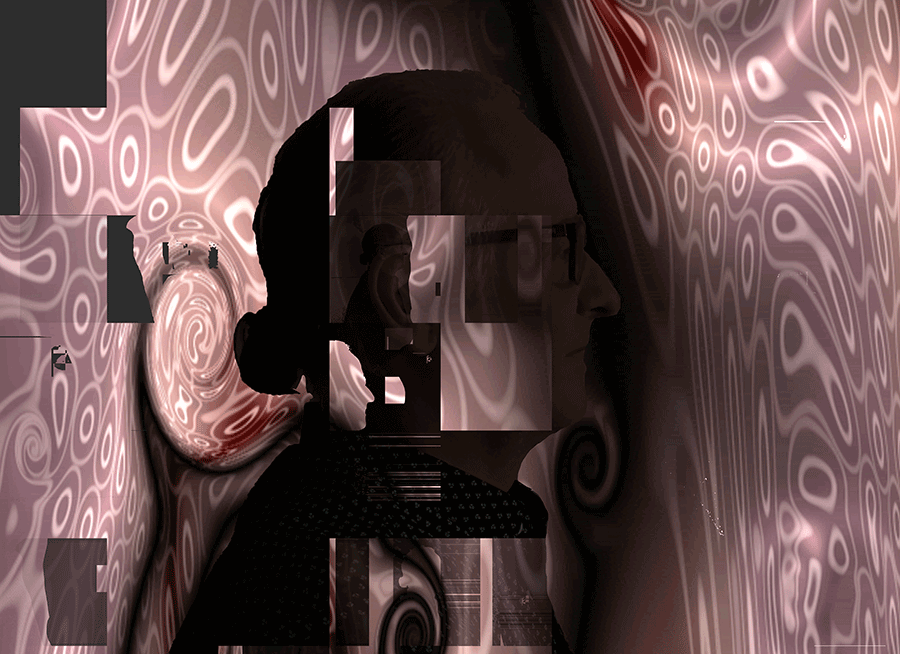
HP: The recording process is quite clearly a little different from the norm with you recording in a more conventional sense and then manipulating the recordings thereafter. Where did these ideas originate and what do you want to communicate to the listener?
DJP: As mention above, I discovered Trevor Wishart as an artist and was intrigued as to how he created such wonderful sonic transformations etc. I contacted Trevor and realised he wrote his own software to realise his imagination and that all his software was available. It was very cryptic in the sense it was command led in the Microsoft DOS environment, but I soon got used to creating ‘batch files’ to run contiguous routines on source materials; this was a far cry from the MIDI sequencing and multitrack environment I was used to. My earlier electroacoustic pieces such as Submarine were composed entirely this way; sounds and resulting phrases were time sequenced using a text editor which was run through a DOS based mixing programme. It makes me realise how driven I was back then to create something different. The album Voice Without Words is a much later endeavour and uses a mixture of Trevor Wishart’s software (which now used an unconventional graphic front end) and a more traditional multitrack desktop environment (Digital Performer); this speeds the process up when I’m composing and allows me to handle the more traditional popular music approaches much easier. It also allows me to try out different arrangements much quicker.
With Voice without Words I wanted to convey a real sense of emotion in what I would describe its raw form. I realised that the previous pieces I had collaborated on, were in my opinion, more successful than those created with sounds generated from inanimate objects (earlier pieces such as Submarine; Sax?; Rubicon Drift had a sense of engagement with the real world; a human quality. With Voice Without Words it was human utterance I was interested in, but without a language syntax; I wanted it to communicate to people from many cultures with one human voice. The process was to identify the voice, direct for the materials and then take the materials away to see what could be composed with them. In this case a Norwegian vocal improviser was approached. I produced a chart of utterances, words phrases and descriptions that I wished the improviser to use as a stimulus (from utterances such as ‘t(u)’, ‘p(a)’ k(u)’ to words such as ‘misery’, ‘sex’, ‘anger’). This had to be achieved without using any syntactical language (such as English and French etc.). This generated many gigabytes of material and not all was used, but there were some incredibly touching and moving results. One notable area is the ‘crying’ in ‘Dark Bird’ that immediately invokes an empathetic response. Whatever the case, Voice Without Words takes the listener on an empathetic journey through a world of joy, happiness, anger, lethargy and misery. It took around three years to complete due to its complexity, but also I found working with the materials emotionally draining.
The end piece on the album is Tilt Zero. This was a similar process but I worked with a Percussionist from the Decibel Ensemble (Damien Harron). We really just wanted to collaborate after hearing each other’s work. Once I had collected the improvisations from the vibraphone, Rototoms and Bass Kalimba it was very straight forward as I knew I wanted to create something fairly glacial moving that had long transformations with a slow gravitation pull. There is also further piece called Axe (comes with the download code) that was a collaboration with another composer David Lawrie (in this case his guitar playing); here I really wanted to create a hybridised piece of music that moved from an ambient beginning to an electronic dance style to something akin to Rammstein. This was a lot of fun to make. It is an extension of the morphological ideas in the piece remains consistent, but hits a range of reference points.
All pieces were originally conceived in 5.1 and have been performed/diffused in concert halls over mutli-channel loud speaker installations using high end speakers such as the Genelec 8050 and associated LFEs.
HP: Run us through your studio equipment and the processes you have gone through when recording and manipulating your album Voice Without Words.
DJP: I am fairly minimalist and the kit list is:
Pre-Composition & Production
For capture I use the best microphones I can get my hands on (I’m fortunate to have a good source at Leeds College of Music which has outstanding production facilities) and a two channel Zoom recorder using the balanced inputs (This saves to a memory card that I can transfer to my mac.
Composition & Production work
Mac computer running Motu Digital Performer and the Composers’ Desktop Software (mainly written and maintained by Trevor Wishart);
Genelec 1029a speakers x 5;
Genelec 1091a sub x 1;
Tascam US2400 24 channel/fader control surface;
Focusrite Saffire LE audio interface often feeding a 5.1 set-up in my front room.
Post Production and Mastering
I proof my work in high end studios environments, but still use Digital Performer as the mastering tool.
Diffusion & Performance
High end multichannel systems in concert situations. I designed one of these which is used in the Sounds Like THIS festival which is made up of Mac Pro, Digital Desk, 11 x Genelec 8050; 2 x Genelec 7050B; House Stereo PA speakers for height.
HP: Your music has one foot in the digital world and one foot in the analogue world, what kind of problems, or opportunities does this throw up?
DJP: The key challenge for me is retaining recognition of the sources in the right places, but also creating, what appear to be unrelated materials (the drums and perc on Voice Without Words are all from the same sources. This is really a compositional problem; you have to imagine what you want and then work out the best way to process the materials to make it happen, but you get some disasters and happy accidents on the way.
By far the biggest issue for me was releasing it on vinyl due to two reasons; The noise floor on vinyl and the fact it is a two-channel medium given that the pieces (except Tilt Zero) were all conceived in 5.1. With careful placements, the two-channel issue was overcome, but the mastering was very difficult and I had someone I could trust do it as I needed to just hear results without pre-conceptions. The first attempts killed the dynamic range of the pieces, but as all things there was a compromise which was to reduce the dynamic range slightly and go for a flat cut for the vinyl. The piece is designed to be played fairly quietly so I think the balance is about right, but as with any vinyl release the louder it is the louder the noise floor.
The reason I went for vinyl is that I generally listen to music on this format (unless driving in the car), but I was hoping to reach a different audience; I don’t think this would have worked with a CD which appears to have been given a lower status in terms of value and ownership. I personally like the ritual with vinyl and the large packaging.
HP: Do you see your music as there to entertain or do you see your music as a more high-brow artistic endeavour?
DJP: I think it can be either, but for me I don’t want to lose sight of the ‘audience’. For me, no receiver, means self-consumption/no audience. There’s nothing wrong with self-consumption, but it wouldn’t motivate me to write music. I also have the highest respect for ‘high-brow’ artistic endeavours. I mentioned John Cage earlier who was a massive inspiration to me. I also appreciate a range of modernist composers such as Boulez, and Stockhausen whose research helped change our perceptions of what music could/can be. I’m happy to write challenging music, but in the end when I have completed a work, I switch off the lights to make sure every element moves me in some way. Most current experimental composers I know tend to take a postmodern approach.
HP: Moving away from your own music for a moment, what music do you choose to listen to at home?
DJP: I will listen to many things as I love different listening experiences. At the moment, I’m listening to:
Mammoth Weed Wizard Bastard, Earthless, Causa Sui, Die Antwood, the last Alan Vega album, This Is The Kit, The Velvet Underground, The Alabama Shakes and some wonderful compositions by a fellow composer Robert Bentall who has managed to capture, play and transform the beautiful sound of the nyckelharpa (a traditional Swedish musical instrument). Also revisiting a range of ambient music including the vinyl reissue of Cathedral Oceans. Habbits change from month-to month.
HP: What do you have in the pipeline with regards new projects and new compositions?DJP: I play the banjo (claw hammer style) and I’m looking how I can create a project with this instrument at its core as I’d like to create an experimental piece in collaboration with other composers (for example Robert Bentall and the nyckelharpa. One things for sure, it won’t be your traditional fair, but I’m hoping it will come out with a degree of beauty and humour.
Bandcamp Link
Website

































































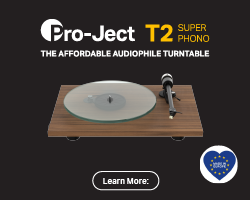








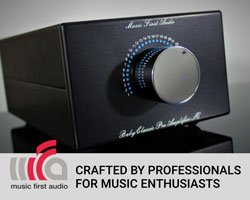




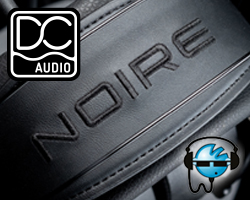








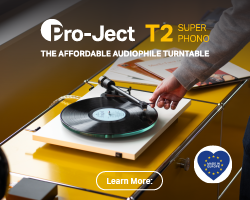










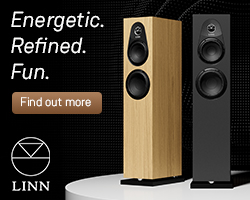

















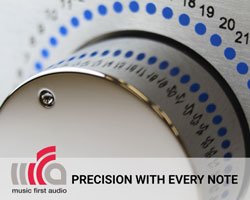

















































You must be logged in to leave a reply.